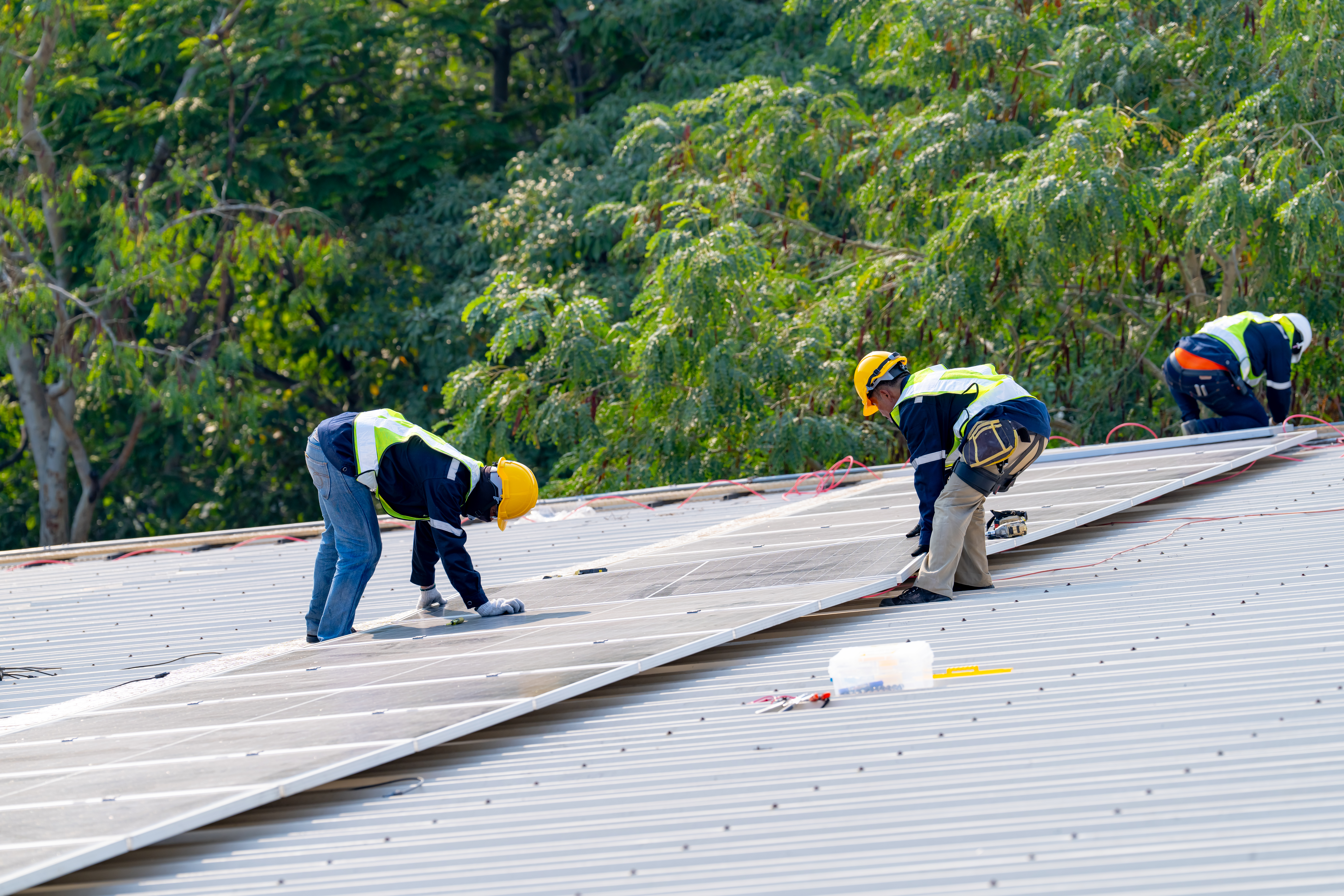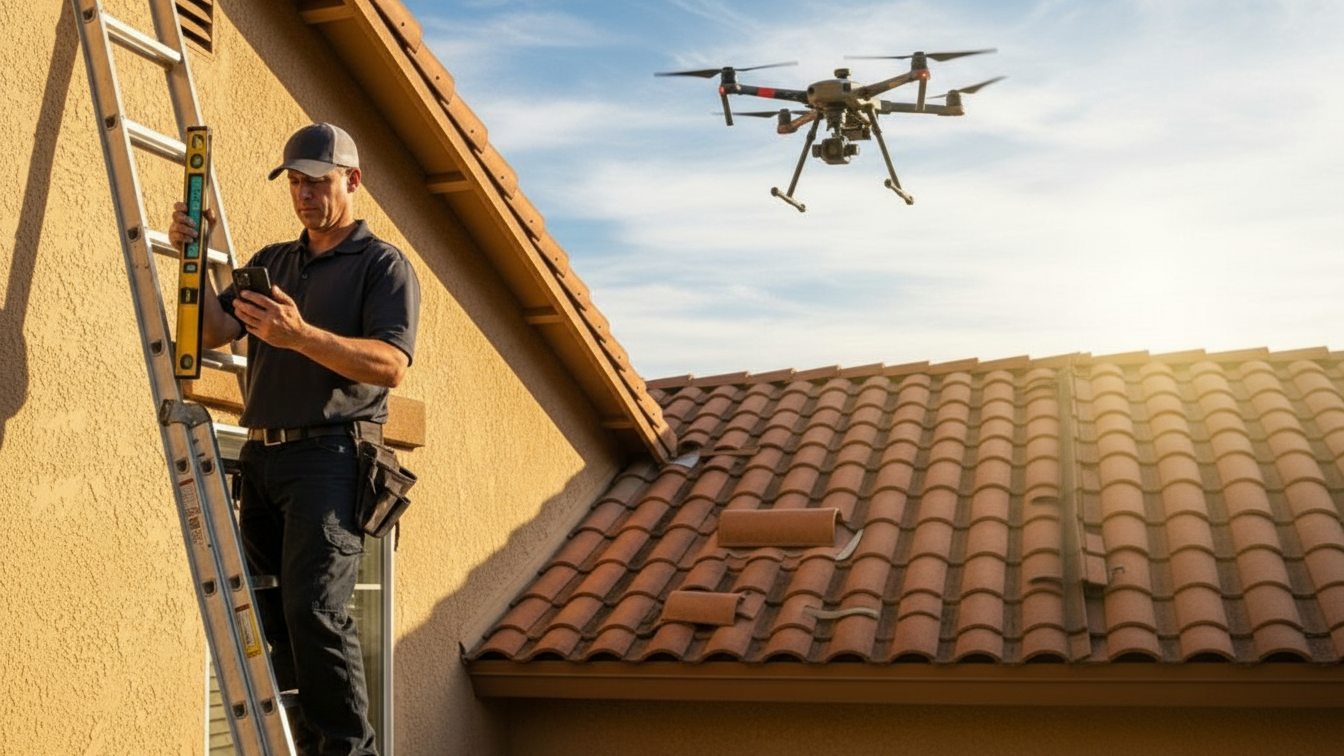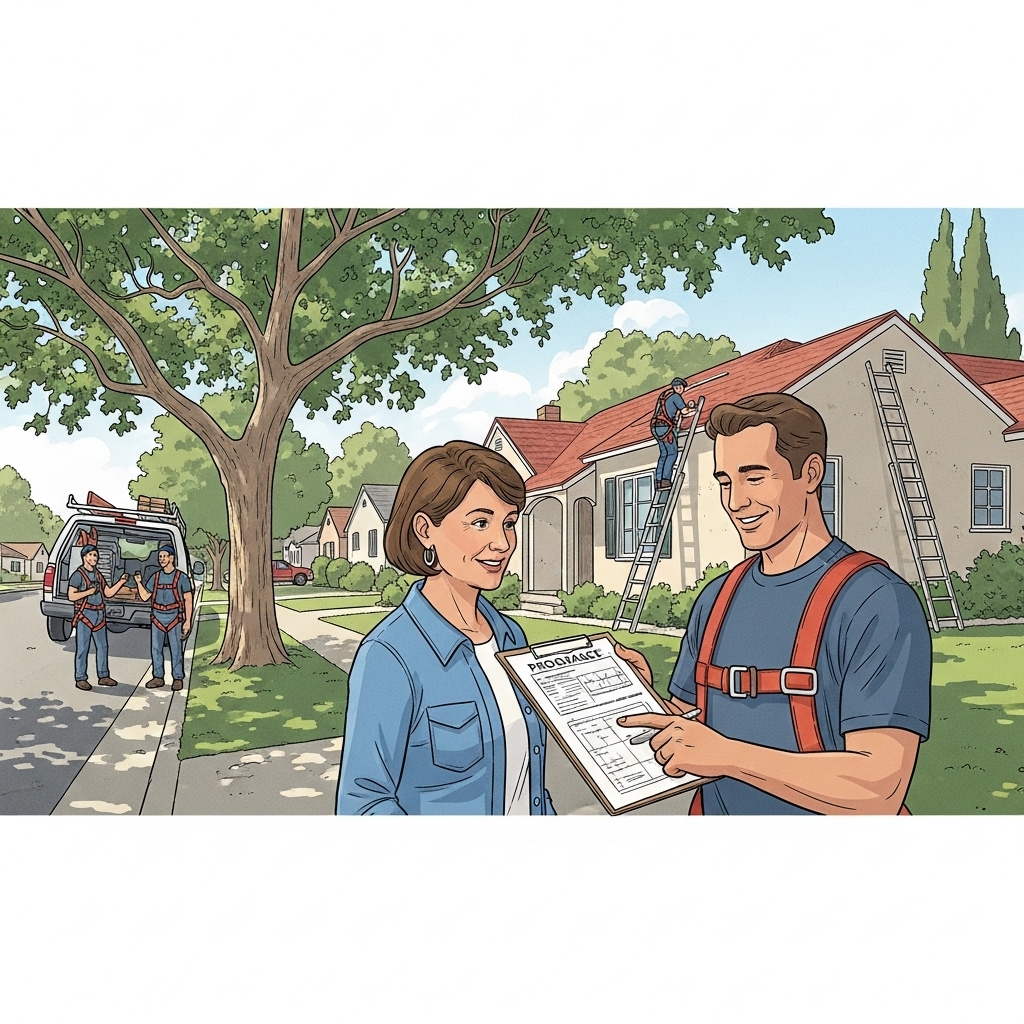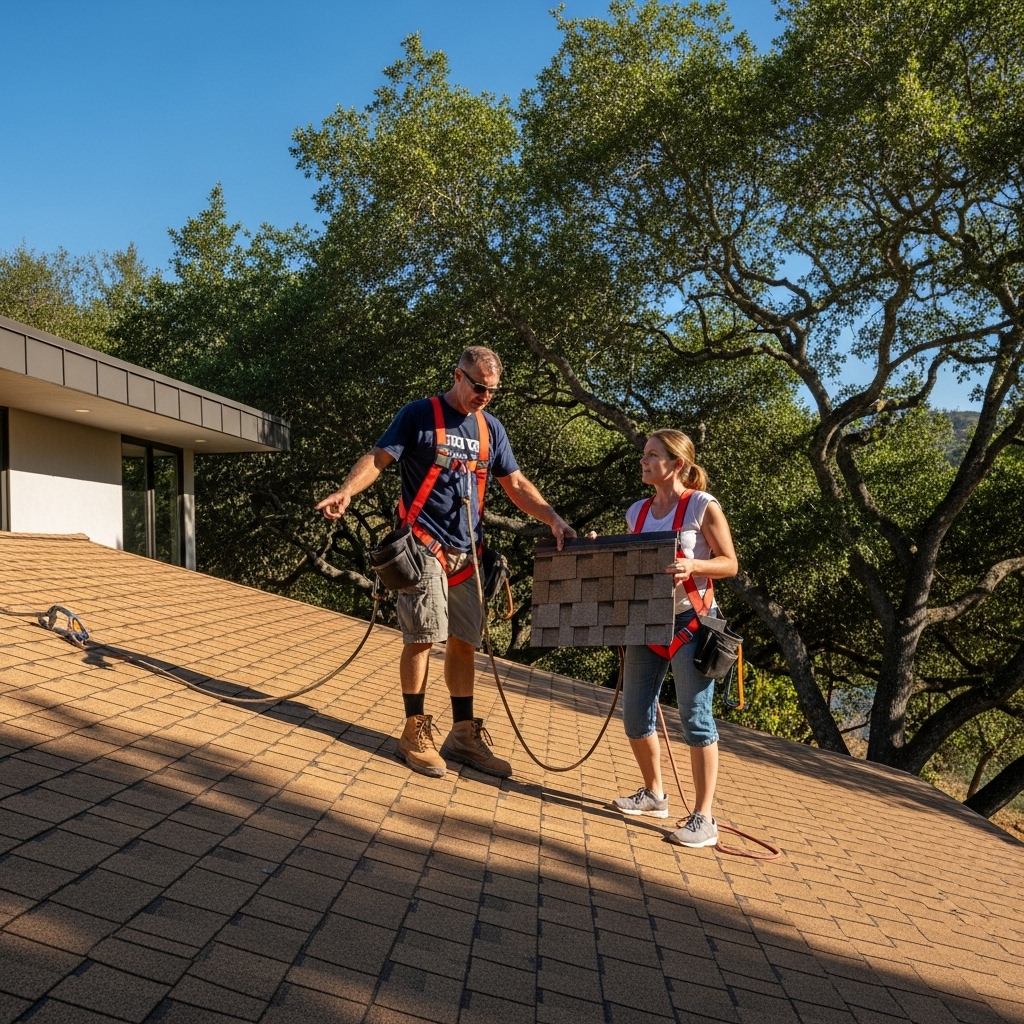Winter Weather Can Expose Existing Damage—Replace Your Roof First
Cold weather, snow, and ice can turn small roofing issues into major disasters. If your roof already has cracks or damaged areas, winter elements will only make things worse. The safest move is to replace your roof before the season changes and temperatures plummet. This ensures your home stays dry and protected.
Heating Costs Rise Without Replacing Your Roof
An old or damaged roof leaks warm air and forces your heating system to work overtime. You might notice a significant spike in your utility bill during colder months. If your insulation is intact but costs are still climbing, it’s time to replace your roof to lock in heat and save money.
Emergency Repairs in Winter Are Risky—Replace Your Roof Ahead of Time
Winter roof repairs are complicated and dangerous. Snow and ice make conditions unsafe for crews and limit the work that can be done. Rather than gambling on emergency fixes in harsh conditions, it’s smarter to replace your roof before winter hits and avoid mid-season surprises.
Replacing Your Roof in Fall Prepares You for Harsh Conditions
Fall is the perfect time to replace your roof. The weather is stable, temperatures are ideal for proper shingle sealing, and contractors are more available. Planning ahead gives you the advantage of completing your roof project without stress or delays caused by storms or freezing weather.
A New Roof Offers Peace of Mind All Winter Long
There’s nothing like sleeping easy during a storm, knowing your roof is solid. When you replace your roof before winter, you eliminate the risk of sudden leaks, sagging, or emergency costs. Instead of crossing your fingers during the next snowstorm, you can relax and enjoy the season.
Read More:






